UNLV history professor Deirdre Clemente has devoted more than two decades to studying F. Scott Fitzgerald, the author’s fiction and his character’s fashions. In 2011, Clemente’s knowledge and passion for the writer and his worlds landed her a gig on Baz Luhrmann’s The Great Gatsby as a historical consultant. The film hits theaters this weekend, and we chatted with the local prof about what the movie got right, what it got wrong, and more.
Can you tell me a little bit about your position? I am an expert on F. Scott Fitzgerald’s early fiction; I study his use of clothing as a means of character development and as cultural history, so I study Fitzgerald’s own life and I study his work. … I wrote my masters thesis at FIT, which is Fashion Institute of Technology in New York City, on Fitzgerald and his fiction and fashion. I had a buddy in graduate school who went on to be a researcher for different kinds of Hollywood productions and … in March 2011 I heard that they were doing it, I heard that it was Baz Luhrmann. I was pumped because I love Baz Luhrmann, and Moulin Rouge is one of my favorite movies. And then a couple weeks later my buddy calls me up and says, “Deirdre, these guys want to talk to you. They’re trying to decode the meaning of clothing in The Great Gatsby.” And they were doing a hell of a job.
I went up to New York, into this amazing space where they had pulled all this 1920s vintage clothing from all around New York City. We had to wait in this oversized closet for 20 minutes; it was like my idea of heaven. I had my first meeting with Catherine Martin, who is the production designer and the costume designer, and she’s also Baz Luhrmann’s wife. And she was super funny and Australian and very interested in my work, had read some of my work, and was very interested in talking to me about what clothes mean in Gatsby and how they can put that into the costumes: what kind of outfits that he described in the book have to be in the movie and what do they mean? So I pointed to specific uses of clothing from Fitzgerald in the text.
I talked with them for a couple hours and we exchanged a bunch of emails, and when I was there I looked at fabric swatches of some dresses that they were having made and I looked at colors. We talked a lot about the use of color and Fitzgerald, not only Gatsby, but more generally Fitzgerald’s work. And they were pretty well-researched. I really was impressed by them. I mean, of course they’re not academics, but I know that they cared about the historical accuracy.
How does Fitzgerald use clothing in The Great Gatsby? He uses it as a way to set the mood. He uses it at the end of Gatsby’s one party—there’s a woman crying, with mascara on her beaded eyelashes coming down. And it’s the end of the party; it signifies it’s time for everyone to go home. So he uses it as a sort of backdrop to his story. And he also uses it as character development, and in character development he does it two different ways. He uses it to talk about socioeconomic class. For example, Nick’s white flannel pants when he crosses Gatsby’s lawn to go to the party symbolizes that he’s an Ivy League man, because that’s what Yale men wore, these white flannel pants and a blue blazer. So he’s telling everybody at that party, “I went to Yale.” And then the second way that he uses it is to tell about gender. And another huge example of class … is the pink suit. It’s a huge deal in the movie; they don’t let that drop. I really had a huge conversation about it with these guys; it was so interesting. So Gatsby’s pink suit, we think it would be about gender … but in the historical context, it talks about his class. It says that Gatsby doesn’t understand that wearing a bright pink suit isn’t cool. You have to wear tweeds, brown tweeds, or dark blue flannels, you know, that kind of stuff.
You’ve mentioned that people might be upset at the historical inaccuracy of the fashion seen in the movie. Oh, they’re going to be. I saw it on Tuesday, and it’s all over.
Are you upset? I’ll go with my official on-the-record interpretation of it, which is it takes liberties with 1920s fashion that you’re able to take in the context of the costuming for a film. There are specific things, for example, the character of Jordan Baker: Jordan Baker wears pants, and it’s [the] 1920s. I mean, that’s just not right. The pants she has on are 20 years off date. Maybe 10 years, maybe 15 years. And one of the characters—[played by] Isla Fisher, she plays the mistress, this saucy mistress—she has boobs like you could see up on the Strip! So those kinds of things are going to annoy people who are now obsessed with things like Downton Abbey, where these guys, they want to recreate the period. Baz Luhrmann doesn’t want to recreate [Gatsby] in the style of PBS, he wants to recreate it in the style of Baz Luhrmann. And he does that, amazingly, and the film is remarkable. And Fitzgerald scholars had been worried … he took a lot of care with that film and the very, very specific details he got right.
Can you give a few examples from the movie of the historically inaccurate fashion? The cleavage of Isla Fisher. Double-breasted suits on men, which would have been very uncommon, which was odd, because Brooks Brothers did the clothes for the men. So Brooks Brothers, you’d think they’d just go back into their vault … Everybody wears sunglasses, and sunglasses were around but they weren’t as prevalent as the movie would make them seem. And the pants thing. I mean, the pants thing is so outlandish that even my mom would know that.
I read that you believe that fashion says a lot about who we are. What do the fashions in the movie say about each main character? Nick wears tweeds from Brooks Brothers and conservative ties, because he’s from the Midwest but he went to Yale so he understands the details of dress.
Gatsby wears very bright clothing—super well tailored, over-the-top, put-together—that says, “I need to care about my appearance because I haven’t been educated, because I’m not really from the class I’m pretending to be from.”
Jordan Baker wears very flapper-esque clothing and her body is very strong, she’s a professional athlete. So her clothes say, “Hey, I’m the modern woman.” They’re very sportswear-oriented; in the 1920s sportswear was just becoming socially acceptable for clothes. And she’s the most modern woman that Fitzgerald really ever writes, in my opinion.
Daisy wears laces and whites because she’s Southern and she’s feminine and she’s always been taken care of by a man. They also have her in lavender … she does wear a lot of whites and lavenders, but feminine clothing.
And Tom Buchanan, her husband in the movie … he’s a polo player, so Fitzgerald describes him as a polo player with big, strapping black boots. And Luhrmann puts him in that outfit. He puts him in a tight, knit shirt, a blue shirt with white riding pants and big black boots, the first time we meet Tom Buchanan. So that says “I’m rich.”
Out of all the characters, whose clothing is most true to the era? Daisy. Daisy, Daisy, Daisy.
How much of the costuming was designed, as opposed to using real vintage clothing and accessories? I think 100 percent of them were designed from scratch. They used the clothing as inspiration. So they would take the patterns of the fabrics, they were trying to recreate things, but it’s a costume so they did everything. All that stuff is done by a designer.
What’s your favorite look in the movie? My favorite is Jordan Baker’s historically inaccurate pant suit.
Ha ha! Then what’s your favorite historically accurate look in the movie then? I would say the dress that Daisy wears when she’s first introduced.
Retro looks are very in these days. What are some common misconceptions of 1920s style? Misconceptions are super short skirts, and that they came up out of nowhere. That’s really not true. Skirts had been on the rise for a decade before the 1920s. The hemlines had been rising. And it never gets to these comic proportions that we imagine, and it starts to recede then again past 1925, and then in 1927 it drops to the ground again. So we think of this flapper as lasting a very long time. The clothing represented in Gatsby is really 1919 to 1923, ’24, maybe. It was a short-lived period and the dresses weren’t as short.
Have you worked on movies before? No, this was my first gig, but I hope something else will come up, because people are into this stuff.
Was working on the movie an enjoyable experience? Well, it was great to be a part of something that I had spent so many years studying. It’s great to see something that I’ve had such a personal relationship with come to life, and to be able to share my knowledge and have it be really respected by people outside of my field, people outside of the academies. For a historian, it’s such an honor, and such an exciting thing to share with people, because we live in such insular worlds.
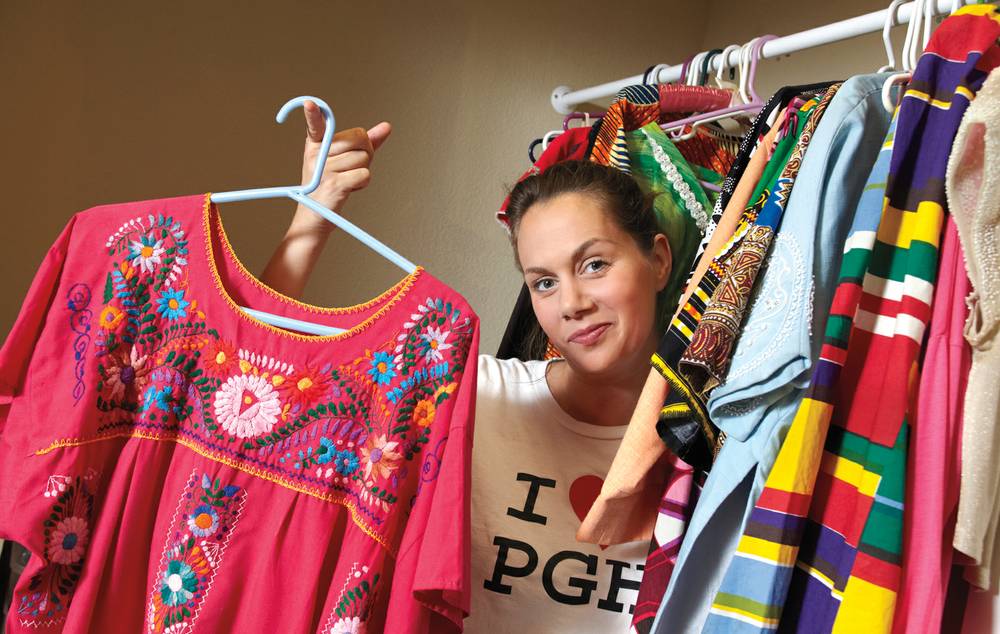
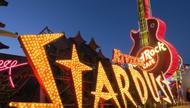
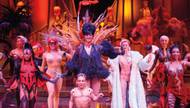

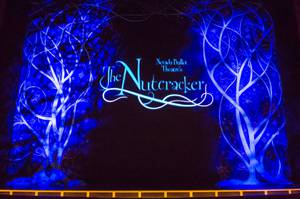
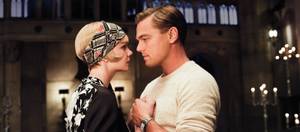



Previous Discussion: